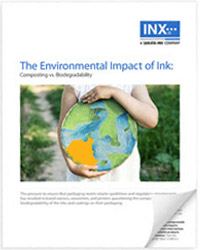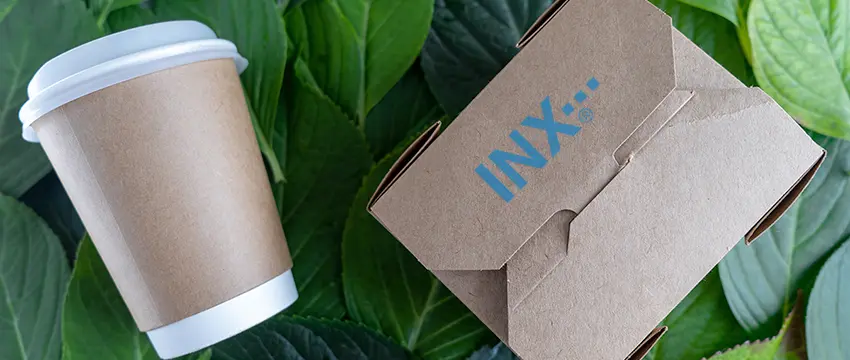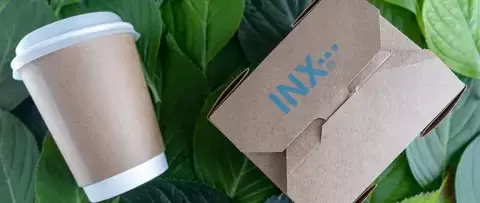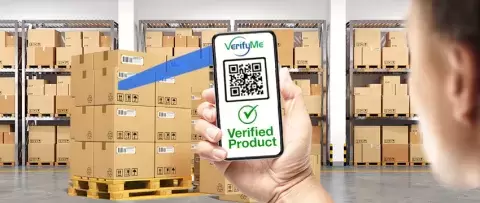Increasing Sustainability and Brand Innovation with Compostable and Biodegradable Packaging
The sustainability of packaging is increasingly important to a product brand’s success in today’s competitive market. Consumers expect packaging to inform them about its composition and environmental impact. CPG (Consumer Package Goods) companies begin the design process with the consumer’s expectations in mind, that packaging meets regulatory requirements. Compostable and biodegradable packaging also helps ensure that packaging meets retailer guidelines and helps drive brand sustainability and innovation.
The Importance of Sustainable Package Design
According to a McKinsey Study, sustainability is the most important driver for packaging design across all industries. That commitment to sustainability is further illustrated by many brands that have adopted the United Nations’ 2030 Agenda for Sustainable Development, setting aggressive sustainability goals to achieve by 2030. Consumers also value sustainably sourced and manufactured products and packaging. According to Shorr’s 2022 Sustainable Packaging Consumer Report, 86% of the consumers surveyed are more likely to purchase a product from a brand or retailer if the packaging is considered sustainable.1
Compostable packaging is receiving significant attention from brands and retailers. Creating compostable and biodegradable packaging can help brands meet their sustainability goals and produce innovative packaging. In response to recycling challenges, many CPGs include compostable packaging as part of their sustainability goals. Many brands are investing in compostable or biodegradable packaging, including Unilever, Nestlé, Mars, Kellogg’s, and PepsiCo. In fact, Frito-Lay and Quaker (both PepsiCo brands) recently announced the opening of an industry-leading Greenhouse Learning Center at its R&D headquarters. The Learning Center will be used to field test, measure, and analyze compostable packaging with the goal to speed up the rate of innovation.2
Further emphasizing the importance and growth of biodegradable and compostable packaging is the Sustainable Packaging Coalition’s Compostable Packaging Collaborative, where member companies identify best practices for compostable packaging design and labeling to understand and support the composting industry and to catalyze the growth of compostable packaging. Biodegradable packaging has come a long way since it was first introduced. The prevalence and increasing demand for plant-based and bio-based products has made the innovative sustainable materials industry not only affordable, but competitive.3
The Environmental Impact of Ink
Understanding the environmental impact of inks and coatings is a crucial part of helping brand owners, printers, and converters meet sustainability goals and produce innovative and environmentally responsible packaging. As the demand for more sustainable packaging materials grows, so does the need for more eco-friendly inks. Ink is an integral part of printing and packaging, and today more and more companies are producing inks made with renewable and biodegradable materials which ensure inks and coatings don’t inhibit the recycling process or interfere with substrate compostability or biodegradability.
As a global manufacturer and provider of ink and coating solutions and technologies for commercial, packaging, and digital applications, INX International has often been asked about the compostability and biodegradability of the inks and coatings we provide. This often leads to additional questions because “compostable” and “biodegradable” do not mean the same things.
What is the difference between compostable and biodegradable?
In layperson’s terms, the primary difference between compostable and biodegradable is that compostable products require specific conditions and generally involve human intervention to break down. In contrast, biodegradable products break down naturally without any intervention. Typically, composting is faster than biodegradation, but only under ideal conditions. Another difference between compostable products and biodegradable products is that biodegradation can result – in toxic byproducts.
DOWNLOAD
Understand the compostability and biodegradability of inks for sustainable packaging
Download Whitepaper
How package compostability is tested
To ensure the inks and coatings used are truly compostable, companies rely on testing and certifications provided by independent entities. There are two basic testing methods used in the U.S. and one testing method in Europe to test for the compostability of packaging:
- ASTM-D6400: the U.S. method for testing compostable plastics
- ASTM-D6868: the U.S. method for testing paper, corrugated, and a combination of paper and plastic
- EN13432: the European test of both compostable plastics, paper, and paper products, as well as combinations of compostable plastic and paper products
Although not officially required in the U.S., many composters also require Fluorine testing.
The benefits of compostable packaging inks and coatings
Compostable packaging is typically used in applications where it helps divert food waste out of landfills and into compost bins, reduce food scrap contamination of recyclable materials, or replace non-recyclable packaging. Compostable packaging is an Environmentally friendly alternative to single-use plastics as it can decompose in six to 12 months. Compostable, biodegradable packaging produces a cleaner recycling stream and a more circular economy. When compostable packaging breaks down in composting facilities or backyard compost piles, it does not produce methane. Composting reduces methane emissions from organic waste that is currently stored or disposed of in landfills. Composting the organic packaging creates carbon-rich soil that can be used anywhere, from potted plants to commercial farms.
Eco-friendly inks and coatings that do not negatively impact substrate compostability or biodegradability are safer for the environment and help reduce the pollutants released into the atmosphere. They can help eliminate the need for hazardous waste disposal and reduce the plastic and paper waste produced by printers and packaging companies. The inks and coatings break down faster than traditional inks and coatings. The package or printed materials can be safely composted in a matter of weeks, helping Reduce waste and preventing landfills from becoming overfilled.
In addition to being more sustainable, inks and coatings that do not inhibit compostability or biodegradability have the same end-use performance attributes as traditional inks and coatings and can be used for a variety of printing and packaging substrates. For example, INXhrc™ high-performance, natural-based inks for flexographic, offset, and gravure applications are formulated to replace petrochemically derived ingredients with clean, renewable, and sustainable ingredients without sacrificing machine, processing, and end-use product performance. These inks also reduce regulatory risk and are free of allergens, nanomaterials, fluorochemicals, fanal pigments, heavy metals, latex, and PTFE. In the blog article Using Eco-Friendly Inks to Reduce Carbon Footprint we discuss that by using eco-friendly inks with reduced regulatory risk and measurable and reportable CO2 savings, brand owners can have the potential to increase sales and retailer's margins.
Conclusion
Investing in sustainability and innovation and rethinking packaging design is essential for a transition towards a circular economy and a more sustainable future. The compostability and biodegradability of inks and coatings play a vital role in packaging sustainability. By utilizing inks and coatings that do not negatively impact package compostability or biodegradability, companies can create packaging materials that drive brand awareness and are more sustainable, solution-oriented, and cost-effective. Ultimately, everyone wins as companies can improve their environmental impact, and customers enjoy more sustainable packaging materials. INX International’s commitment to providing innovative and sustainable product solutions can help printers and brand owners achieve sustainability goals and help consumers feel confident in their product choices.









